The New Zealand capital of Auckland is beautifully situated between the Pacific and the Tasmanian Sea, and taking advantage of the sea on both sides of the city is one of the central elements of the city’s development, sights and activities. There are many great things to do, places to eat, museums to enjoy and points to look at Auckland’s modern skyline.
In the center, the skyscrapers are abundant with the Sky Tower as the highest construction, and the many hills forming the horizon are former volcanoes. It is a magnificent panoramic view that can be enjoyed from several places in the city, and the view from the Sky Tower observation deck is of course also unforgettable.
Auckland’s central business district is an encounter with a city scape of a metropolis with shopping, cafes, restaurants and a rich cultural life, including theaters and fine museums. A walk along the main street, Queen Street, embraces almost the entire spectrum and city life and it is also a good way to see the city’s various building epochs.
If you want to see other of the city’s many attractions, they are almost all within walking distance. For example, a good stroll is through Albert Park and the Auckland Domain to the distinguished Auckland Museum and the churches of Holy Trinity Cathedral & Saint Mary’s Church as well, they are located side by side.
With the city’s seafront location, there is also plenty of opportunity for a good tour with one of the many ferries from the Auckland Ferry Terminal in the city center. It can be a harbor cruise or, for example, the short trip to pleasant Devonport, where Victorian architecture dominates.

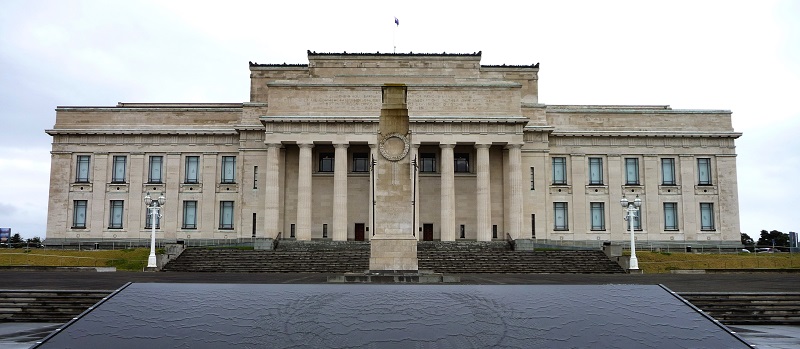
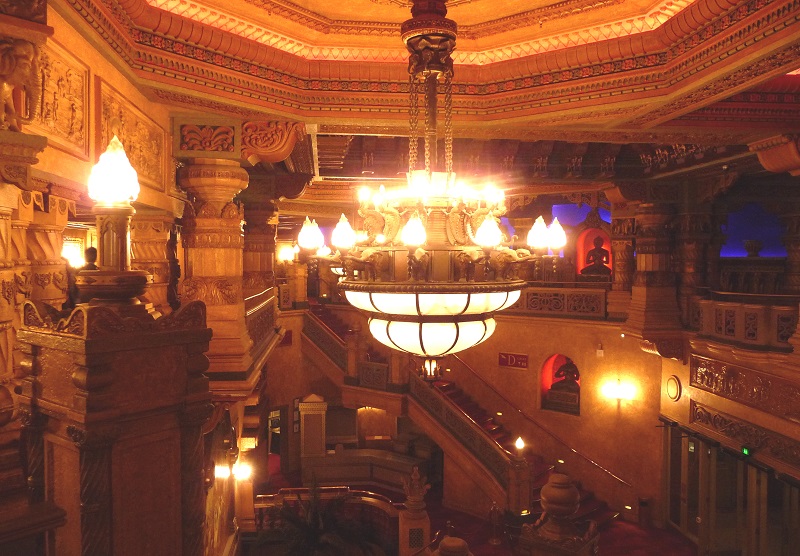



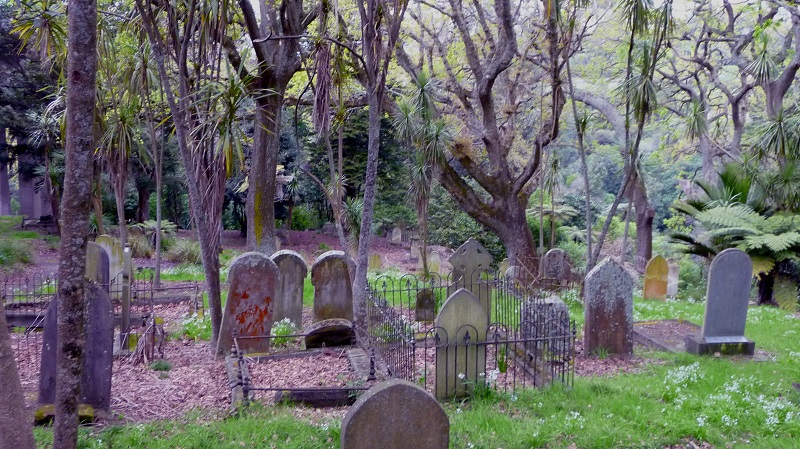
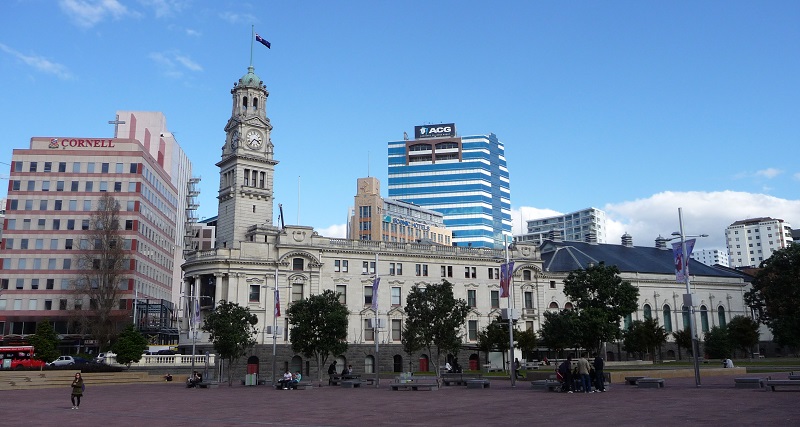


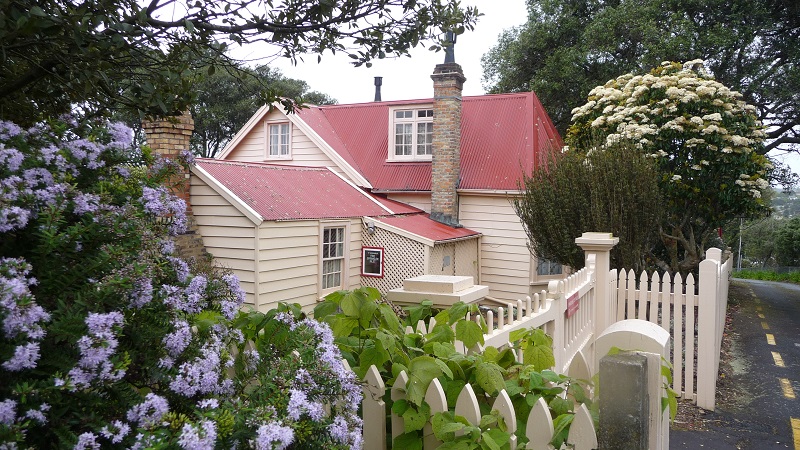
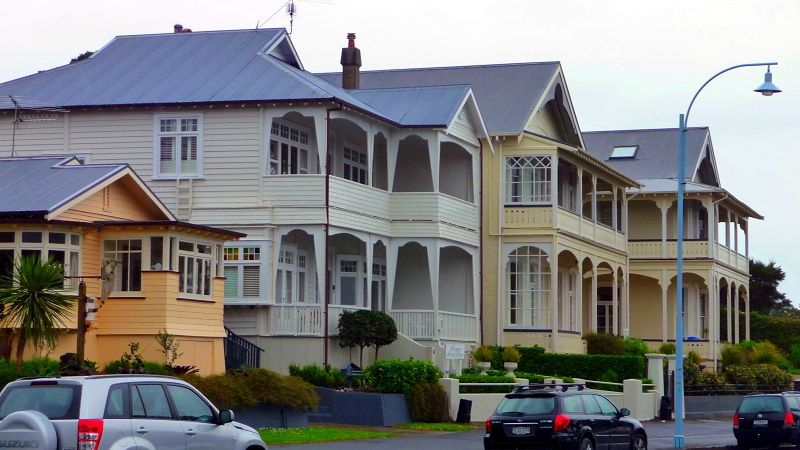

Settlement of the Maoris
Around 1350, the Polynesian people, the Maoris, are believed to have settled the area of present-day Auckland, whose volcanic past ended as active thousands of years ago.
The location was strategically good with oceans on both sides providing ample fishing opportunities and the volcanic soil was lush. The extinct volcanic peaks also served as good protection with the fortified villages of the Maoris, who not least achieved protection through the many terraces on the slopes; they can continue to be seen on parts of Mount Eden, Mount Albert and One Tree Hill.
It is believed that around 20,000 people lived here at the height of the pre-European era when the place was known as Tamaki Makau Rai.
European arrival
With Europeans’ arrival in New Zealand, firearms also came to the country, leading to settlements between different Maori tribes. It caused both the Maori internal balance of power to shift and, together with European diseases, made the Maori population smaller before the founding of Auckland.
The Maori wars raged in the 1820s, and at the same time European interests spread. In 1832, the merchant Joseph Brooks Weller purchased land in present-day Auckland and North Shore; without direct investment in development here yet.
In 1840, the primary European settlements in New Zealand were Russell, the Bay of Islands, to the north, which was the first European settlement, as well as Otago Harbor, located as a natural harbor on the south-east coast of the South Island. However, there was also a colony at present-day Auckland and elsewhere in the new lands.
Auckland is founded
Already in 1788 James Cook had invaded New Zealand on behalf of the British monarch, but it had not led to an official claim to the land, although it was considered part of the Australian colony of New South Wales.
With rising lawlessness and raging Maori war, the pressure on the English rose to bring order. This happened, among other things, through the power of the church.
The Maori chief Te Kawau and the British William Hobson signed the Treaty of Waitangi on February 6, 1840, when the Crown’s claim to New Zealand was manifested. The treaty established the British governor post in New Zealand, granted the Maori rights as British citizens, recognized the Maori property and more. After the first signature, copies of the treaty were sent around the country, and a total of about 500 chieftains signed what gave Britain authority over the country.
As new governor, William Hobson was to establish a capital and the natural choices could be Russell or Otago Harbor, but Hobson found both remote and unsuitable as a new capital. Port Nicholson, which is now Wellington, was also an option, but the site was dominated by commercial interests through The New Zealand Company.
After a brief transition from using Russell as its capital, Auckland was designated the capital of the new colony. Governor Hobson had let Chief Magistrate William Symonds buy some land by Chief Ngāti Whātua for values of £ 341. With the handover, Ngāti Whātua hoped for military protection, increased trade and generally better opportunities for the Maoris in the area.
Auckland was founded on September 18, 1840 at 1pm. William Hobson had arrived on September 15 of that year aboard the ship Anna Watson. Three days earlier, the ship Platinum had arrived with 130 settlers and a prefabricated governor’s residence, similar to the one built for Naopleon Bonaparte in Saint Helena.
The new town was named in memory of George Eden, friend of Hobson and the first Earl of Auckland. And it became the capital of New Zealand in 1841, and in that connection the authorities were moved from Russell to Auckland in the years 1841-1842. That status continued until 1865, when Wellington became the new capital.
The first development
On September 26, 1841, Union Jack was hoisted over New Zealand for the first time. It happened at Point Britomart, which has since been dug away and become part of Auckland’s major port areas.
Ships with settlers came to the new city, and during 1841 1,500 people lived there; they had come mainly from New South Wales. Ships from Britain arrived from 1842, and many of the new arrivals to Auckland came from Ireland compared to other New Zealand’s growing cities.
At that time, the downtown coastline was by the street that is now Fort Street, and along the coast, Shortland Street was constructed as the city’s first street with Queen Street as a rapidly following main street.
Roads were also built for Waikato to the south, which gave Auckland a larger hinterland that contributed to the city’s rapid growth. The so-called Great South Road from this time later became State Highway 1.
The growth came not least from a booming trade that could be achieved due to the continuous expansion of the port, which formed the framework for countless shipping companies and trading houses.
Growing industrialization
For decades, Auckland’s economy was growing due to exports to other cities and colonies in the region as well as rising general exports.
By 1864, the city had grown to just over 12,000 residents, and along Queen Street was invested in banks and other businesses and institutions. The first gas lamps were lit in the city’s streets in 1865.
Like most other economic centers and port cities, the development initially occurred close to the port. However, in the latter half of the 19th century, several suburbs grew, such as Parnell.
Politically, 1871 called for the establishment of a city government, which was responsible, among other things, for the overall planning of the New Zealand metropolitan growth.
In 1872 the railroad came to Auckland, which over time also got trams in the streets. The railroad was taken on land, all the way to both the city center and to the considerable port.
During this time, Auckland developed into the country’s absolute largest city and commercial center. In addition to the commercially developed, a number of public institutions such as a library and the city’s art museum were continuously established in the 1880s.
1900s Auckland
Population growth continued in the 1900s, and Auckland was continuously expanded with a number of new suburbs. From 1913-1917 a number of villages were made part of Auckland, which in the period doubled its population to 70,000, and the prosperous time in the city in the 1920s caused even more people to apply for it.
In the 1930s, especially in the 1930s, a number of new construction of residential areas was initiated by the state to house the many new inhabitants that flowed. In 1945, the population of the urban area was almost 300,000.
After the end of World War II, a number of projects were initiated in the city; Among other things, the water supply and infrastructure were strengthened, so that there was now a breeding ground for continued large growth in population. During these decades, the city’s and region’s many green parks and areas were also created.
The biggest land transport was the bridge over to the North Shore north of Auckland city center. As early as 1860, it was proposed to build a bridge on the site, but it would take until 1959 before the Auckland Harbor Bridge was inaugurated. With it, new urbanization was opened in the otherwise predominantly rural areas of the North Shore.
Auckland today
At the city council’s 100th anniversary in 1971, approximately 700,000 people lived in Auckland’s urban area, and it was estimated that the city’s population would continue to rise for decades to come.
The focus was therefore on developing infrastructure between the larger residential areas. It became as expected, and today about a third of New Zealand’s 4.5 million people live in Auckland.
In recent years, Auckland’s commercial success has continued, and countless unfolding opportunities have been developed for the city’s citizens and tourists.
A clear sign of the country’s and city’s success and ability was the inauguration of the Southern Hemisphere’s tallest building, Sky Tower, in 1997.
In recent years, several of the old industrial port areas have been sanitized, and thus new residential areas, culture and other activities have come closer to both citizens and visitors. The area around the Viaduct Basin is a good example, and after many years without trams, they are now riding again on a loop in the Wynyard neighborhood, where the former gas station is also being transformed into a cultural asset for Auckland.
Overview of Auckland
The New Zealand capital of Auckland is beautifully situated between the Pacific and the Tasmanian Sea, and taking advantage of the sea on both sides of the city is one of the central elements of the city’s development, sights and activities. There are many great things to do, places to eat, museums to enjoy and points to look at Auckland’s modern skyline.
In the center, the skyscrapers are abundant with the Sky Tower as the highest construction, and the many hills forming the horizon are former volcanoes. It is a magnificent panoramic view that can be enjoyed from several places in the city, and the view from the Sky Tower observation deck is of course also unforgettable.
About the upcoming Auckland travel guide
About the travel guide
The Auckland travel guide gives you an overview of the sights and activities of the New Zealand city. Read about top sights and other sights, and get a tour guide with tour suggestions and detailed descriptions of all the city’s most important churches, monuments, mansions, museums, etc.
Auckland is waiting for you, and at vamados.com you can also find cheap flights and great deals on hotels for your trip. You just select your travel dates and then you get flight and accommodation suggestions in and around the city.
Read more about Auckland and New Zealand
Buy the travel guide
Click the “Add to Cart” button to purchase the travel guide. After that you will come to the payment, where you enter the purchase and payment information. Upon payment of the travel guide, you will immediately receive a receipt with a link to download your purchase. You can download the travel guide immediately or use the download link in the email later.
Use the travel guide
When you buy the travel guide to Auckland you get the book online so you can have it on your phone, tablet or computer – and of course you can choose to print it. Use the maps and tour suggestions and you will have a good and content-rich journey.
Old Arcades • Docklands • Fine Architecture • Sky Tower • Domain
Overview of Auckland
The New Zealand capital of Auckland is beautifully situated between the Pacific and the Tasmanian Sea, and taking advantage of the sea on both sides of the city is one of the central elements of the city’s development, sights and activities. There are many great things to do, places to eat, museums to enjoy and points to look at Auckland’s modern skyline.
In the center, the skyscrapers are abundant with the Sky Tower as the highest construction, and the many hills forming the horizon are former volcanoes. It is a magnificent panoramic view that can be enjoyed from several places in the city, and the view from the Sky Tower observation deck is of course also unforgettable.
About the upcoming Auckland travel guide
About the travel guide
The Auckland travel guide gives you an overview of the sights and activities of the New Zealand city. Read about top sights and other sights, and get a tour guide with tour suggestions and detailed descriptions of all the city’s most important churches, monuments, mansions, museums, etc.
Auckland is waiting for you, and at vamados.com you can also find cheap flights and great deals on hotels for your trip. You just select your travel dates and then you get flight and accommodation suggestions in and around the city.
Read more about Auckland and New Zealand
Buy the travel guide
Click the “Add to Cart” button to purchase the travel guide. After that you will come to the payment, where you enter the purchase and payment information. Upon payment of the travel guide, you will immediately receive a receipt with a link to download your purchase. You can download the travel guide immediately or use the download link in the email later.
Use the travel guide
When you buy the travel guide to Auckland you get the book online so you can have it on your phone, tablet or computer – and of course you can choose to print it. Use the maps and tour suggestions and you will have a good and content-rich journey.








Similar to Auckland Travel Guide
There are no listings matching your search.
Reset